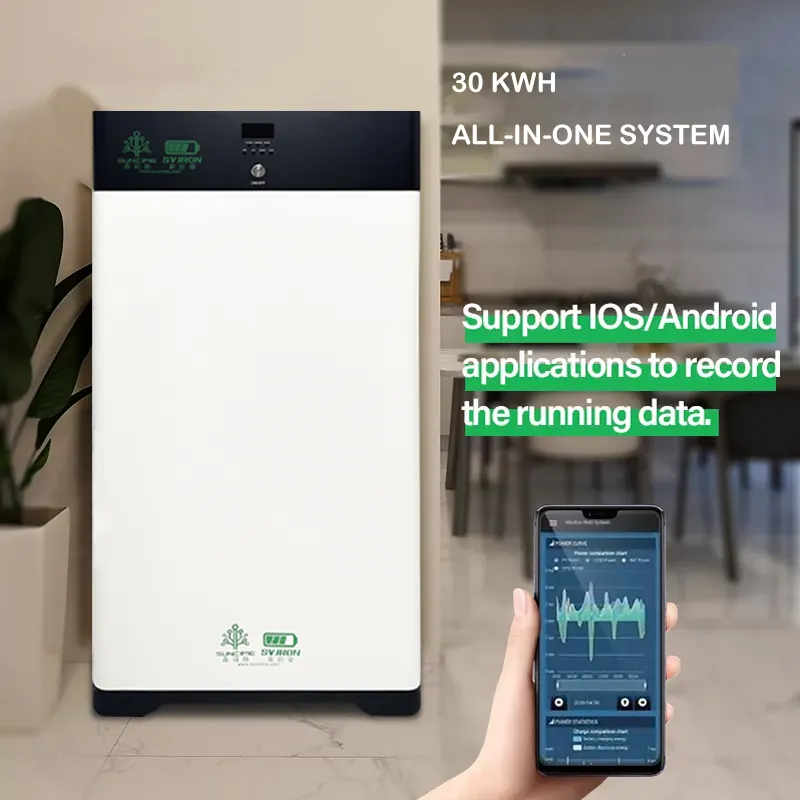As we continue to grapple with the challenges of climate change and the need for sustainable energy solutions, solar photovoltaic (PV) has emerged as one of the most promising technologies. By harnessing the power of the sun, solar PV systems can generate clean energy without producing greenhouse gas emissions or other harmful pollutants. In recent years, there has been a growing trend towards integrating solar PV into buildings and infrastructure, creating a more sustainable and energy-efficient built environment.

The integration of solar PV into buildings and infrastructure has several benefits. First and foremost, it allows for the production of renewable energy on-site, reducing the need for energy imports and lowering carbon emissions. This is particularly important in urban areas, where buildings are responsible for a significant portion of energy consumption. By integrating solar PV into buildings, we can reduce the strain on the grid and create a more resilient energy system.

Another benefit of integrating solar PV is that it can improve the energy efficiency of buildings. Solar panels can be used as shading devices, reducing the amount of heat that enters the building and lowering the demand for air conditioning. They can also be used to generate electricity for on-site use, reducing the need for energy from the grid. This can result in significant cost savings for building owners and tenants.

There are several ways that solar PV can be integrated into buildings and infrastructure. One common method is to install solar panels on the roof of a building. This allows for maximum exposure to the sun and can generate a significant amount of electricity. Solar panels can also be integrated into the façade of a building, creating a more aesthetically pleasing design while also generating renewable energy. In addition, solar PV can be integrated into other infrastructure, such as parking structures or highway sound barriers, creating new opportunities for energy production.

Despite the benefits of integrating solar PV, there are also some challenges to consider. One of the main challenges is the upfront cost of installation. Solar PV systems can be expensive to install, although the cost has been decreasing in recent years. In addition, the integration of solar PV into buildings and infrastructure requires careful planning and design to ensure that the system is effective and meets the needs of the building or infrastructure.
Another challenge is the variability of solar PV energy production. Solar panels generate electricity only when the sun is shining, meaning that energy production can be intermittent. This can be mitigated through the use of energy storage systems, such as batteries, which can store excess energy generated during peak production periods for use during times of low production.

In conclusion, the integration of solar PV into buildings and infrastructure is a promising solution for sustainable energy production. By harnessing the power of the sun, we can generate clean energy on-site, improve the energy efficiency of buildings, and reduce our reliance on fossil fuels. While there are challenges to overcome, the benefits of solar PV integration are clear, and we must continue to explore new ways to integrate this technology into our built environment.
